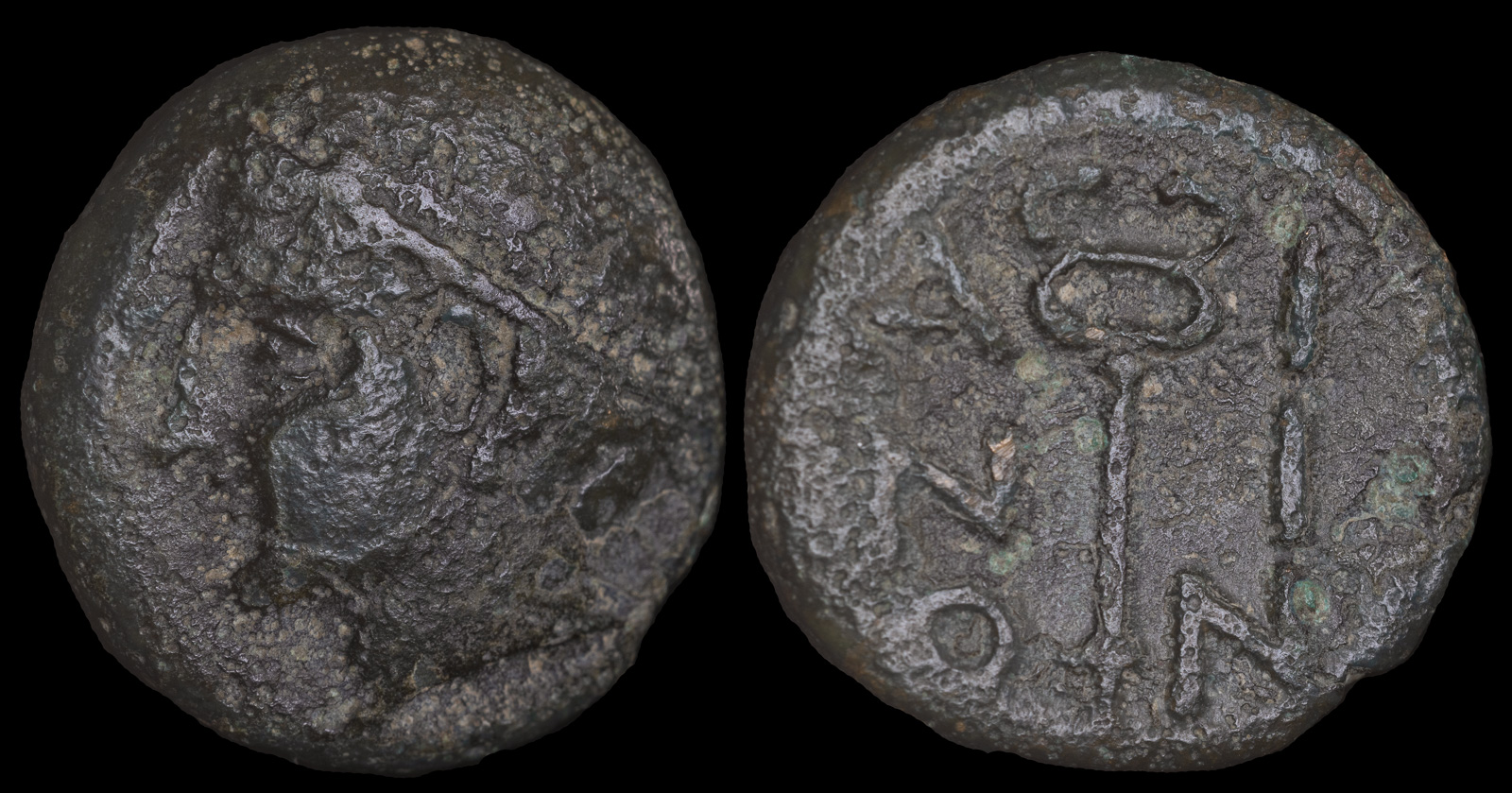Caduceus
View All Tags
On ancient coinage, the caduceus was often used as a representation of commerce and communication, reflecting Hermes’ role as the god of trade, merchants, and travelers. The caduceus’s association with commerce made it a fitting symbol for coins, which were central to trade and economic exchange. In this context, the symbol emphasized the importance of business, negotiation, and the safe movement of goods across regions. Its appearance on coins would convey messages of prosperity and the protection of economic activity, aligning with the role of Hermes/Mercury as a patron of merchants and a divine figure who ensured the smooth flow of trade and diplomatic relations.
The dual serpents of the caduceus also carry deeper symbolism. In ancient Greek culture, serpents were often associated with wisdom and renewal, and the intertwined snakes on the caduceus may have symbolized balance and the harmonious union of opposites. The wings, representing speed and swiftness, highlighted the messenger aspect of Hermes, who was able to travel quickly between the mortal and divine realms. This imagery conveyed the power of effective communication and the importance of keeping the lines of negotiation open, both for peaceful diplomacy and for ensuring the success of mercantile ventures.
In addition to commerce and diplomacy, the caduceus also had associations with healing and protection. Hermes, though primarily a god of commerce and trade, was also associated with medicine, particularly in his role as a guide to the underworld, helping souls transition safely to the afterlife. In this context, the caduceus symbolized the idea of protection and balance, ensuring the safety and well-being of travelers and traders, as well as serving as a sign of divine favor and protection in various undertakings. This multifaceted symbolism made the caduceus an appropriate and powerful motif for ancient coinage, where it could be used to signal the importance of commerce, communication, and divine support.
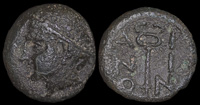
Ainos, Thrace 280-200 BCE
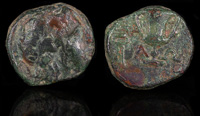
Alopokonnesos, Thrace 400-300 BCE
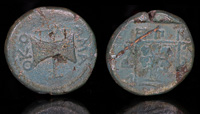
Amatokos II, Thrace 359-351 BCE

Anaia, Karia 300-200 BCE
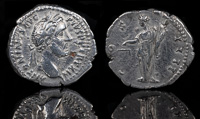
Antoninus Pius 138-161 CE
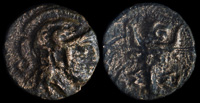
Assos, Troas 350-300 BCE

Bargylia, Caria 2nd-1st centuries BCE
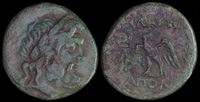
Blaundos, Lydia 200-100 BCE
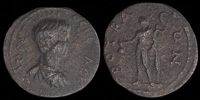
Bura, Achaia 197-209 CE

Carinus 283-285 CE
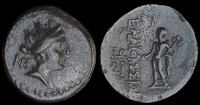
Elaiussa Sebaste, Cilicia 1st century BCE
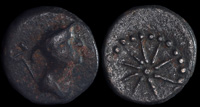
Gargara, 3rd-2nd centuries BCE

Hermes of Olympia 238-244 CE

Herod I 40-4 BCE
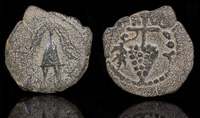
Herod II Archelaos 4 BCE – 6 CE

Hydisos, Caria 150-50 BCE
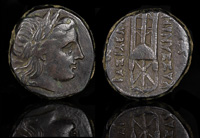
Kassander 305-298 BCE
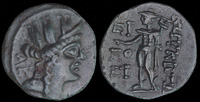
Korykos, Cilicia 1st century BCE
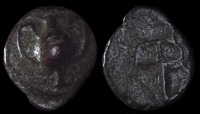
Larissa Phrikonis, Troas 300 BCE
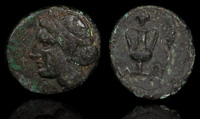
Larissa-Ptolemais 400-300 BCE

Macedonian Interregnum 288-277 BCE
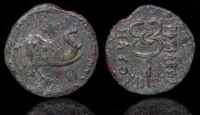
Maues 125-85 BCE
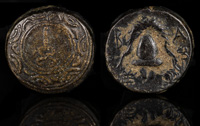
Menander/Kleitos (White) 323-319 BCE

Nakoleia, Phrygia 81-96 CE

Nikokreon of Salamis 323-317 BCE
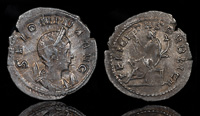
Salonina 257-258 CE
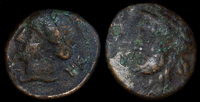
Sesamos, Paphlagonia 4th c. BCE

Sestos, Chersonese 300 BCE
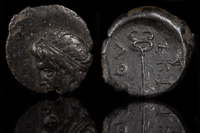
Skiathos, Thessaly 350-344 BCE
